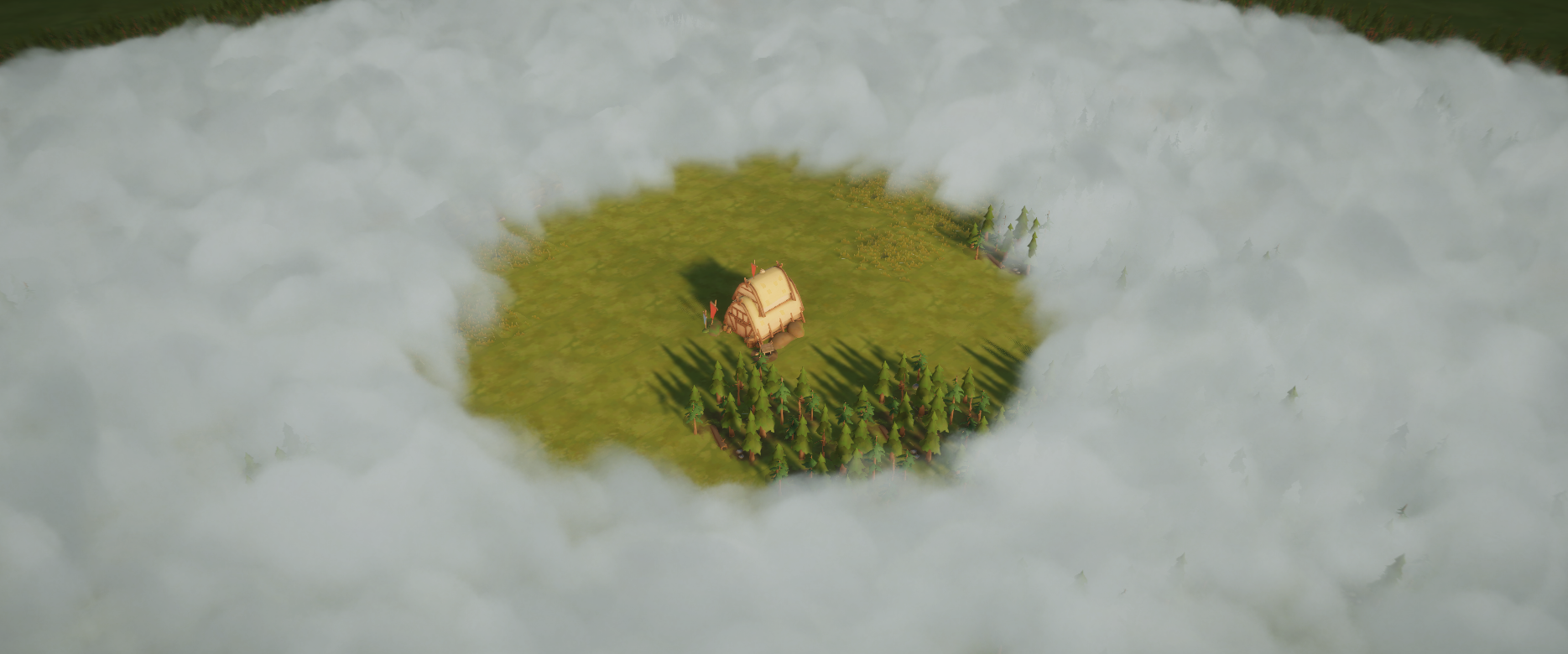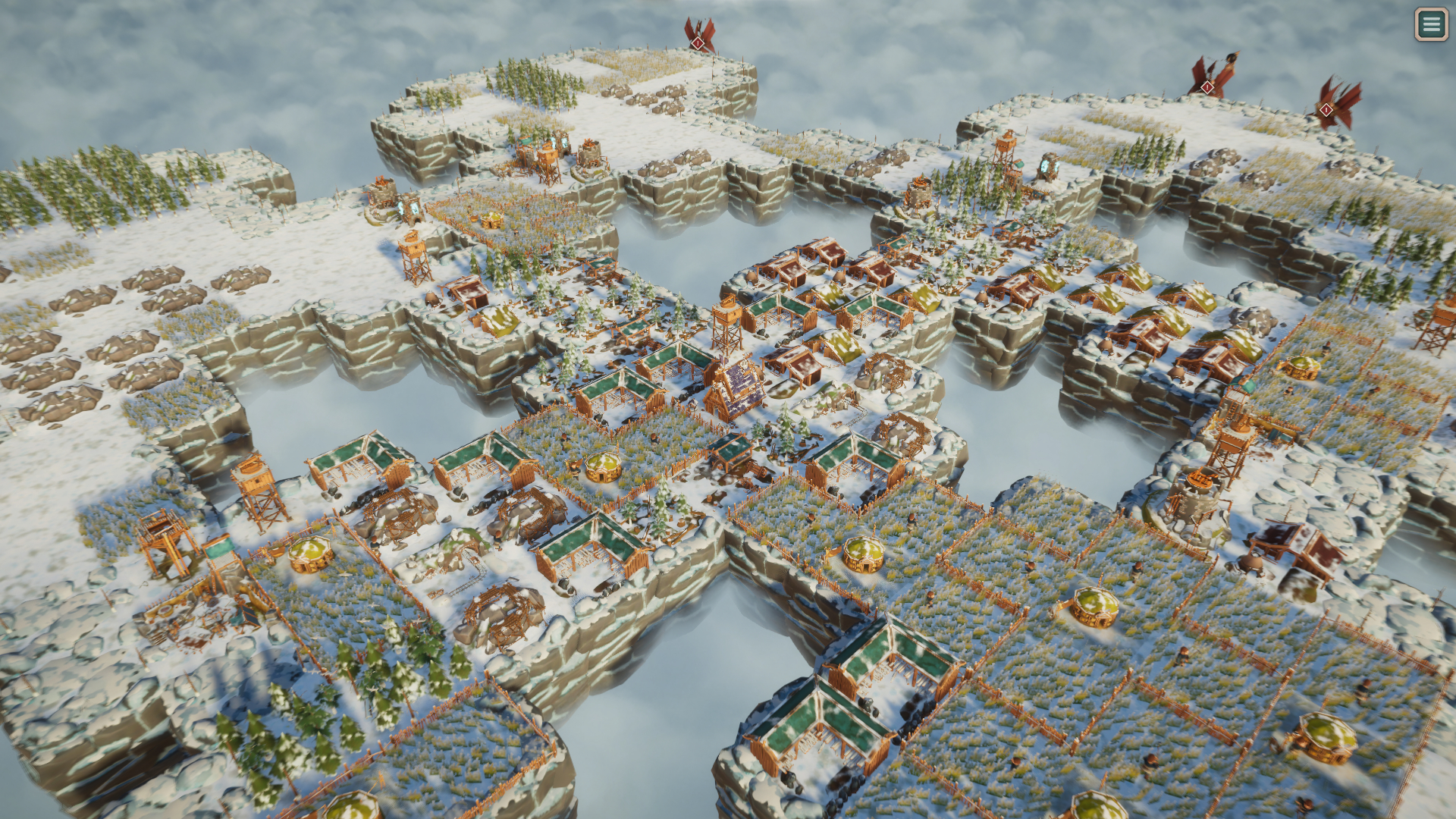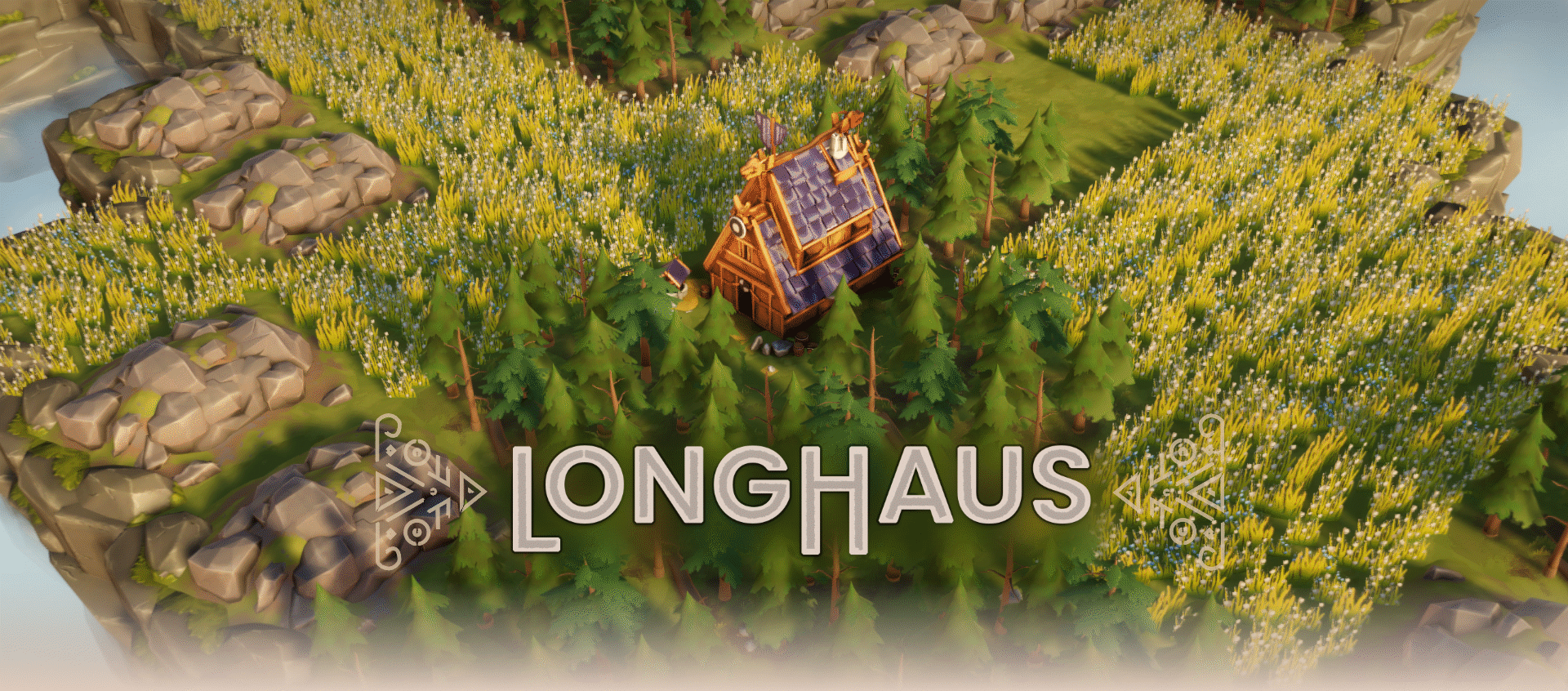Longhaus Postmortem
Introduction
Longhaus was a university project made by a team of two programmers and three artists. We spent roughly seven months working on it and went through quite the journey throughout the year. Overall, the team is quite pleased with how the game turned out. However, no journey is without hiccups.
Selecting Longhaus
Longhaus wasn’t the only game we developed this year. Two other prototypes (Rust Raiders and Intrusion) were created and only one could be chosen to develop further into the vertical slice. So, in some other universe, Longhaus may not even exist as it does today.
The Other Two

Rust Raiders was our first prototype, originally envisioned as an open world RPG where you fly a hovercraft in a vast desert, scavenging for scrap to upgrade your vehicle. We realised later that we overscoped so the final game was more of an arena style shooter where you battle other ships in multiple waves.
Intrusion was the third prototype we created. It was a stealth game where you used a special tool to hack robots guarding a facility without being seen. Shortly after we started, the Covid lockdown struck and our productivity dropped like a stone. We did end up making a functional game by the end but it seemed much less impressive than our previous two prototypes.
Longhaus Prototype
Longhaus was our second prototype which we had two weeks to develop. We learned from our mistake in the first prototype and made sure our scope was achievable within the two weeks. As a team, formed at the start of the year, we also got better at working with each other and our development efficiency skyrocketed.
There was a lot of discussion in which direction to take the game but we eventually landed on the base idea of an RTS game where you focused entirely on defence. Our final prototype was in pretty good shape. We had two different towers (Archer and Catapult Tower).
We also had the base functionality of allocating food to buildings to make them perform better. This was essentially the start of the Villager Allocation system that we have today.
Which to choose?
At the end we had to choose one prototype to develop further into a vertical slice. Immediately, it became clear that this would be a difficult choice. Our team was polarised on picking between Rust Raiders and Longhaus. In the end, we went for Longhaus. The game was much better scoped and in a more playable state.
The Vertical Slice
The vertical slice is the stage where we try to get a small 'slice' of most of the gameplay features we plan to develop on. We started our vertical slice during the Covid lockdown and at this stage, we were still getting used to working from home. As a result, our productivity wasn't great at the start.
Gameplay-wise, a change we introduced was increasing the price for a particular building with each purchase of that building, a change that caused a much needed increase in difficulty. The Barracks defensive building was introduced here as well. We also added two big features in the game: tower research and multiple (now proceedurally generated) levels with different modifiers affecting difficulty. Modifiers were planned to be optional and customisable but that feature never got introduced.
Other features such as floating island levels, seasonal variation and selectable 'chiefs' to play as were also omitted due to lack of time. Overall, the vertical slice was functional but we were disappointed that it wasn't a significant development from the prototype.
Alpha and Beta
Alpha and beta development is where we really hammer down on adding new features. One of the main things we wanted to touch on was improving the base gameplay loop and objectives. At this point the gameplay boiled down to placing down a few buildings and waiting for the objectives to complete themselves. We wanted to have a more active game flow.

We started off by implementing fog of war where the surrounding tiles got revealed when a building was placed. In addition, we toyed with the idea of having two Longhauses with the goal being to construct a road between them while also defending it. Unfortunately, due to technical issues with the fog of war and the uncertainly with making such a fundamental change to our game design, we ended up scrapping that feature.
Still we found other ways to make gameplay more interesting. We improved on the Food Allocation system by transforming it into Villager Allocation, making managing player resources more challenging. However, we found that managing Villagers between a large number of buildings frustrating and we went through several iterations of the feature, as well as adding in a priority system before we were satisfied. Our objectives were also developed further and players now had multiple, shorter objectives per level, which meant that the player's strategies had to change accordingly.
Other large changes we made included adding in floating island levels that were irregular in shape, which was a massive change to our visuals as well as gameplay. We also added in three new towers and enemies which served to make the gameplay much more varied and interesting. Smaller features such as a game help screen were also added.
Overall, we were quite pleased with how much we managed to get done during alpha and beta. Most of the features we planned managed to get implemented. This was due in part to us being more used to working from home and communicating our progress, as well as ensuring that we took part in daily standups. We also emphasised playtesting a lot more, which helped us understand which parts of the game needed addressing.
Gold

And finally, we reached Gold. Now that we got our main features in, it's time to polish. During Gold, we made a large number of small changes to improve UX. This included improving the tutorial, adding camera inertia and decluttering the Villager Allocation controls. We also fixed a large number of bugs, such as one that caused players to have a negative number of Villagers, a bug that re-appeared several times.

Seasonal variation, as well as changing weather, which we missed previously, were also finally implemented. However, these were purely visual changes that had no effect on gameplay. We originally planned for gameplay effects but ran out of time. Our difficulty curve got an update due to feedback informing that the game was too easy. The rate and strength of enemies arriving on the island was now determined by how well the player was performing, which was determined by an array of heuristics.
Final Thoughts
Playtesting was something we probably didn't do enough of. If we had put a greater emphasis on playtesting earlier in development, how much would the game have changed? There were also a lot of features that we wanted, but didn't have the time to implement, but this would always be the case. Our game, in the end, turned out quite well and our team went through quite the journey developing it. We really hope you enjoy playing Longhaus as much as we enjoyed making it!
Get Longhaus
Longhaus
Defend your home on a floating island
| Status | Released |
| Authors | Gendly Games, pixelgrapher, Ben-Delamore, SurfaceToAirMissile, Matthew_Moore, HuskyDreaming |
| Genre | Strategy |
| Tags | 3D, Casual, City Builder, Fantasy, Management, Real time strategy, Relaxing, Singleplayer, Tower Defense, Unity |
| Languages | English |
| Accessibility | Interactive tutorial |
More posts
- 5000 Downloads of LonghausNov 24, 2020
- Longhaus v1.2.1 updateNov 12, 2020
- Longhaus v1.2.0 updateOct 25, 2020
- Longhaus v1.1.6 updateOct 19, 2020
- Longhaus v1.1.5 updateOct 19, 2020
- Longhaus v1.1.4 updateOct 09, 2020

Leave a comment
Log in with itch.io to leave a comment.